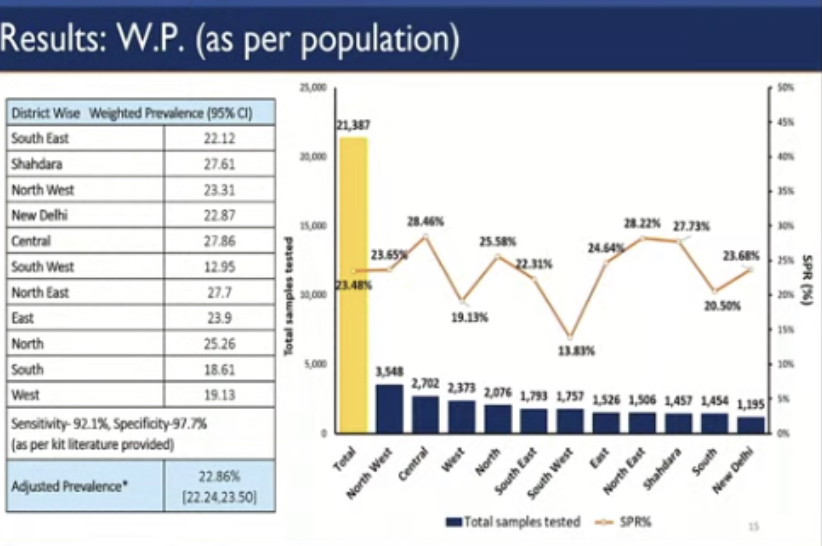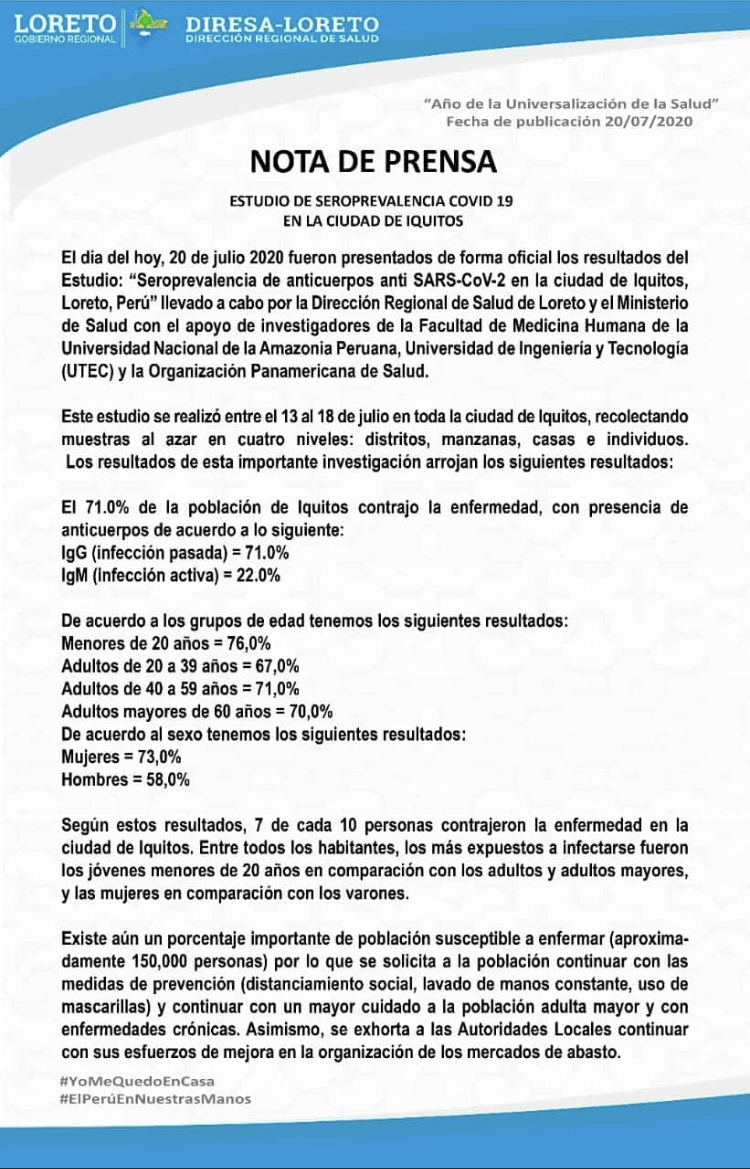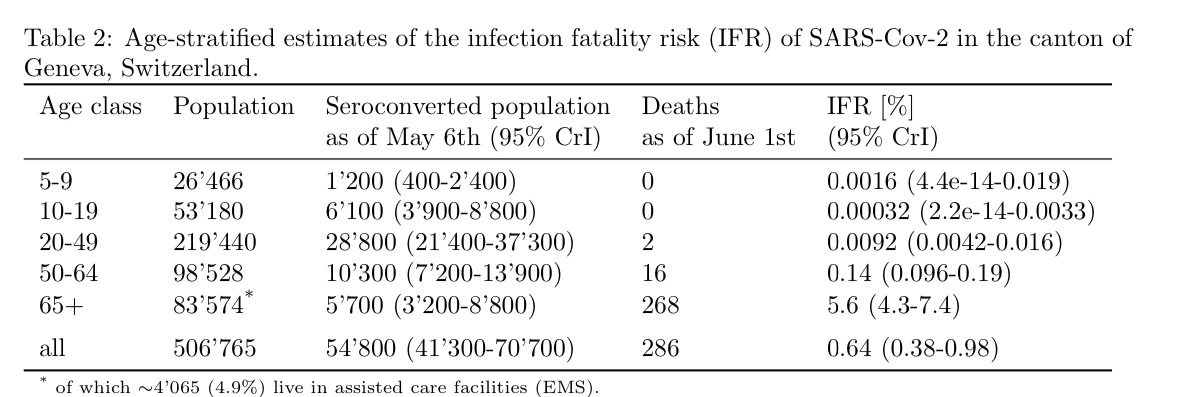Two very interesting #SARS_CoV_2 seroprevalence studies released from India and Peru giving insights to COVID19 pandemic from emerging countries. Delhi with large sample size and prevalence of almost 23% and Iquitos with very high prevalence of 71%. 3 perspectives... 1/n
Fist, this to me illustrates how extremely difficult to suppress this virus will be. Both places have had lockdown policies, which may work when you can conduct your Zoom meetings and emails from your couch, but becomes much more difficult to sustain in low ressource setting. 2/n
This is a local challenge, but also a global challenge. Unless you are willing to sequester yourself from the rest of the world for a prolonged period of time (see you in 3 years New Zealand!). 3/n
Second, it shows how biased research has been with seroprevalence studies predominantly from wealthy European and North American countries. This prevents us from seeing important global patterns. The implied local IFR would be around 0.1%, which shouldn& #39;t really be a surprise 4/n
Given what we already know about COVID19& #39;s very strong age gradient for severe disease and death. E.g. data from Geneva and DK blood donor study shows IFR in people <60 years to be very low. India and Peru have both have median ages below 30. 5/n
The best predictor for local IFR will probably be age distribution, and this also sits well with the "mysteriously" low mortality in Africa and the findings from Iran (which also has a median age just shy of 30). 6/n
Thirdly, this also stimulate thinking as to how COVID19 should be handled in low ressource settings. The trade offs of lockdowns in terms of economic downturn, poverty and subsequently detrimental effects on health, will be great in countries with low ressources. 7/n
Balance that against the benefits in terms of preventing a disease which in a local setting might relatively lower impact, the equation for NPI& #39;s might not look too favorable. Worth remembering that the outliers in terms of economy and age distribution is really EU. 8/n
Median age globally is below 30. So tailoring interventions rather than copying should be important. Finally, we of course need to see the data in full to better understand what is going on, but excellent to get data and information from other parts of the world. 9/9

 Read on Twitter
Read on Twitter





